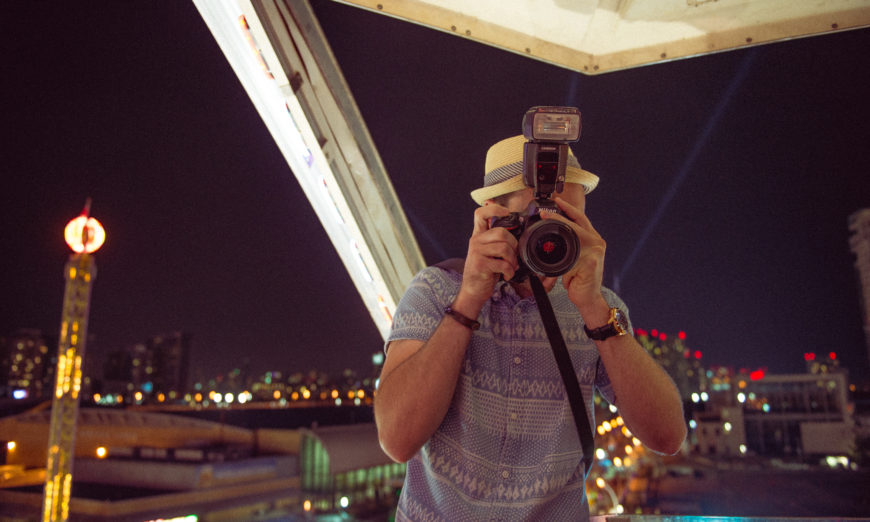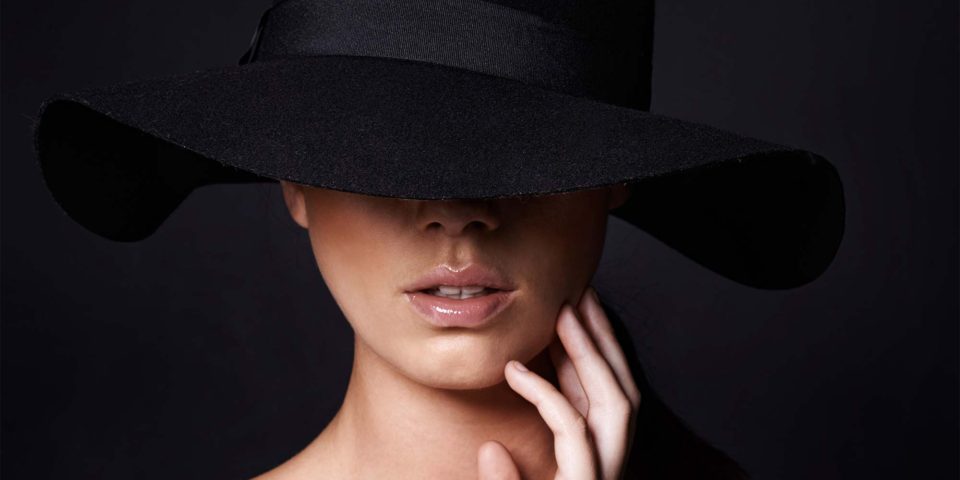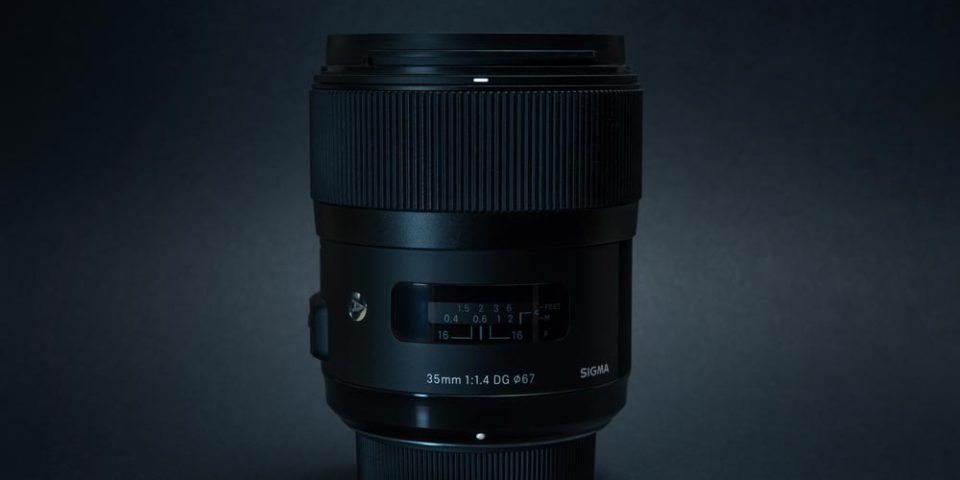Our cameras these days are computerized wizards. We will get more successful shots based on the power of automation and advanced sensors without a lot of manual effort than we ever have in the past. There are still conditions though, where the camera cannot do it on its own and needs some external help, and that can come in the form of a flash unit that attaches to the camera hot shoe.
I’m always a bit surprised by the number of people who have spent a fair bit of income on a really nice camera, who do not have a flash and for some are very nervous about using flash at all. The purpose of this article is to cut through the noise and make buying your first hot shoe flash easy and to achieve success with it.
It’s Easy
Flash is not hard. In fact, flash is so easy to do well today, for those of us who came up the manual flash route, it’s pretty amazing. No bulbs, or flashcubes, no complicated math, distance measuring – that’s all over.
Misrepresentations
Just like you will hear that you’re not really making photographs unless you shoot in Manual, which we all know is an inaccurate statement, you will hear that flash is hard and that automatic flash is bad. This is also an inaccurate statement.
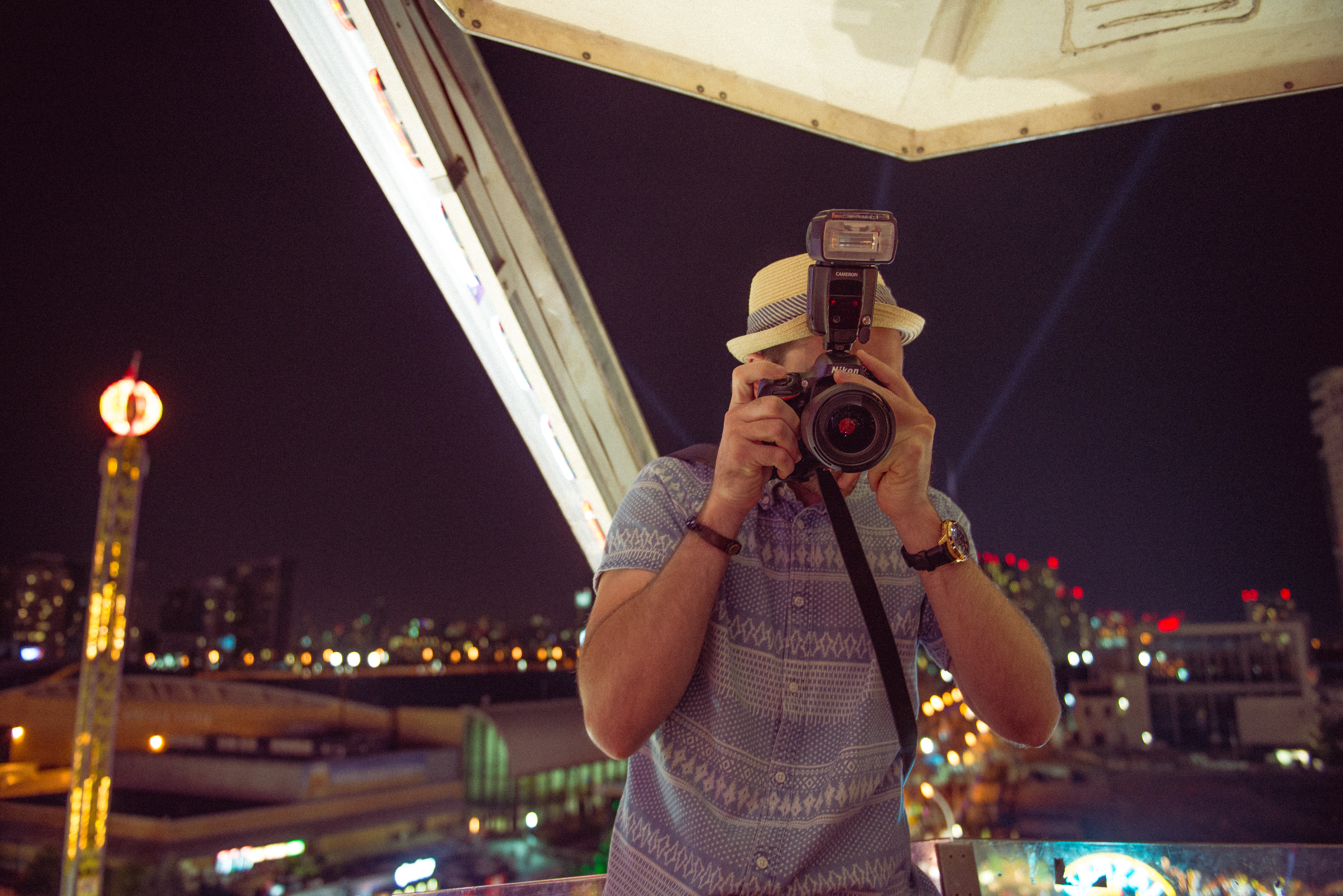
Figure 1 : A Cameron W700Flash in Use
Through The Lens
Back in the 1980s manufacturers figured out how to meter and control the flash at the time of exposure. They did this by a process called through the lens metering or TTL. It works as well as it does because it works the same way as your built-in camera light meter, by metering the light right at the sensor.
TTL flash has continued to improve with many manufacturers adding something called a TTL pre-flash, basically a low powered flash pop before the actual exposure to fine-tune the flash meter process giving you better images.
But I Don’t Like the Look of Flash
This concern is well understood. You probably wouldn’t like the look of direct flat sunlight on your subject either. The light is very flat, the contrast is high and the shadows are harsh. Yet when you have light on a cloudy day, it looks great. Soft shadows, the appearance of lots of wrapping around your subject, what we call beautiful soft light. Flash is the same thing. On a bright cloudless day, the sun is a relatively small source and that makes for harsh light. On an overcast day, the entire sky is the size of the source.
Many people equate flash with the look from the little built-in flash on their cameras. It’s not really a fair assessment because these are very small sources of limited power and they are always in a direct parallel line to the lens. So it’s understandable why people equate flash with harsh and direct light. Fortunately, the right flash will help you alleviate this problem.
Spreading the Light
Many of us use the flash indoors. That means that there is typically a ceiling nearby and most ceilings are painted white. Instead of pointing the flash at the subject directly, if we could point the flash at the ceiling, we could use that enormous white space as a giant reflector to make a larger source and get a nicer softer light. That simple step changes the look of flash from harsh, to beautiful and soft.
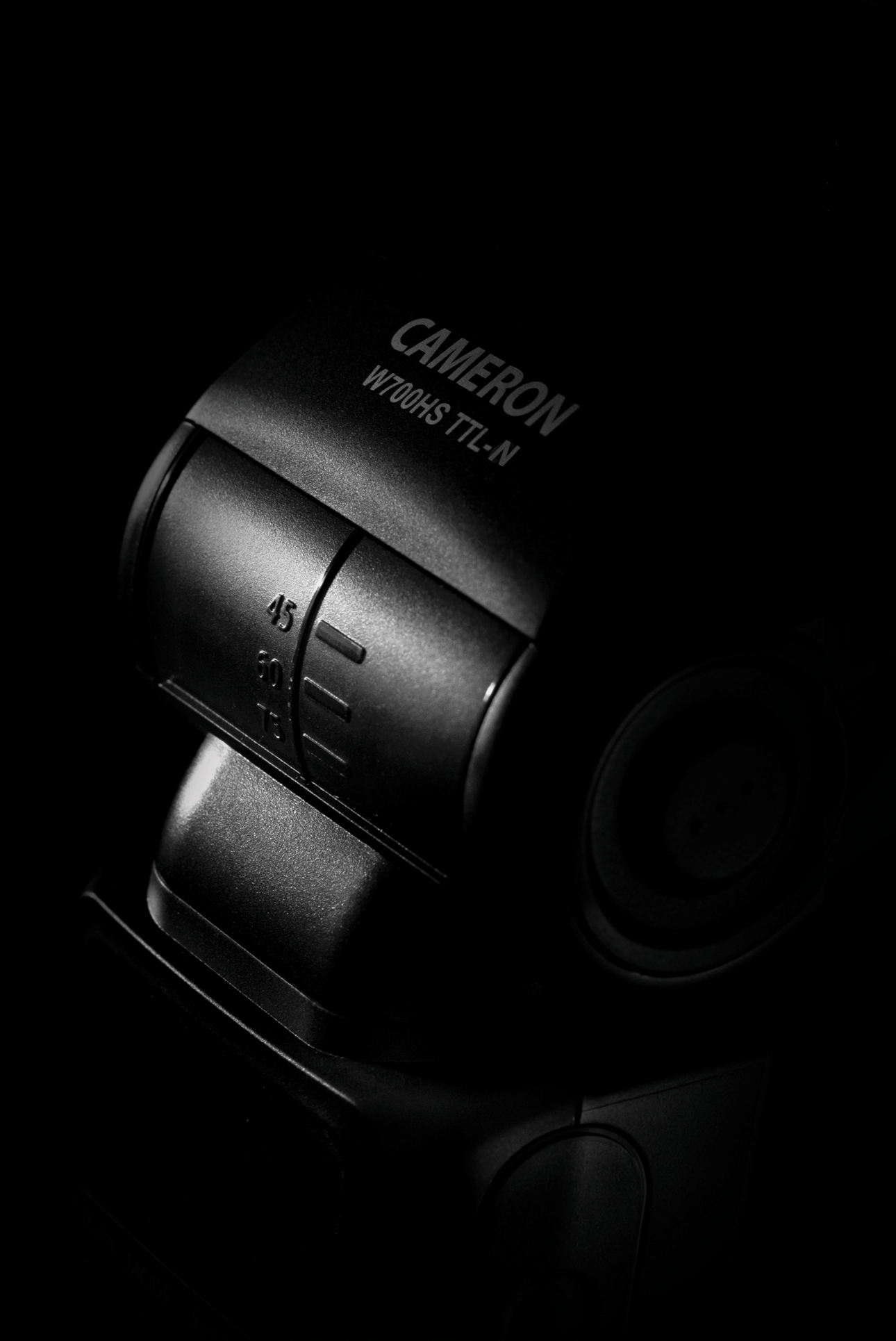
Figure 2: Markings to show the angle of tilt on the head of a Cameron W700 Flash
Steps to Buying the Right Flash the First Time
Here we go, these are my recommendations to you when buying your first hot shoe mount flash. You could print this off and take it with you to the store if you’d find that convenient.
- The flash must be designed to work with your camera specifically. That will mean it is either from the same maker as your camera, or is a high quality third party product with the connectors to deliver full TTL capability. If the product you are looking at does not do TTL flash with your camera, it’s not the right product. Your Henry’s sales professional can guide you to a flash that works 100% with YOUR camera. Having modes in addition to TTL is a bonus, TTL is a necessity.
- The flash head must be able to be angled anywhere from straight on to straight up. This is referred to as a bounce head, because it allows you to “bounce” the light off a ceiling or other reflector. The head should also be able to swivel around, because you might want to bounce the flash backward into a corner, or you might be shooting vertically and still want to bounce the light off the ceiling.
- There is no substitute for power. Get the most powerful flash that you can afford, and don’t settle for a lower power unit because you will save a few bucks. TTL can always turn a flash’s power down, but can never make more light than the maximum that the flash can deliver. I recommend a flash with a guide number of 50 or higher, measured in meters at ISO100. Don’t worry about the tech, just look for the number. If one is not published, move on to a different product.
- Get a flash that can run on regular AA batteries. This is your backstop if you forget your rechargeables. You can always find AA batteries, but no good flash is going to be efficient with alkalines. Budget an extra $40 or so for high output rechargeables and a charger for them. I highly recommend the Eneloop Pro Kit. They are higher output and designed for flash use and this kit includes the charger. I use them myself and they are excellent.
That’s it. It’s very easy to buy a great hot shoe mount flash and start using it for better pictures. Some folks get very concerned about size and I respect that, but remember that a small flash will have less, usually a lot less, power and also have a smaller source so it will be harsher and more limited by distance. Remember that you will often be bouncing the flash off a ceiling so that distance will be greater than the distance between you and your subject.
A Little Caution
If a flash sounds too good to be true, meaning that it sounds “just like” the brand name flash but is one quarter the price, it means it is too good to be true. I find that the original manufacturer flashes are very reliable and very consistent. You will pay a premium for the OEM flash, but it can be worth it. If you do decide to go third party, you might choose a known independent flash brand.
Get the Flash!
A hot shoe mount flash opens new opportunities for photographers. It also opens doors into the magical world of light shaping, a topic for another article. A good flash will last you years and because it will do the job, you will be more inclined to use it. When I go out shooting, I always have a flash in my bag. It’s handy to have a portable sun in your pocket when you need one.
